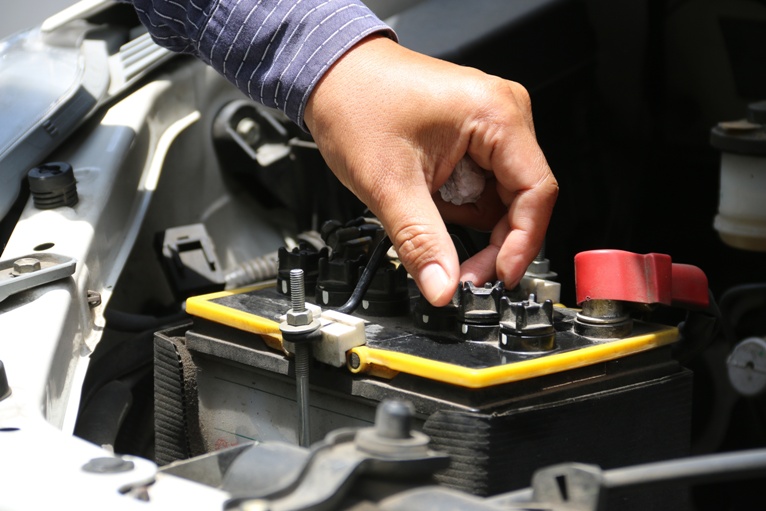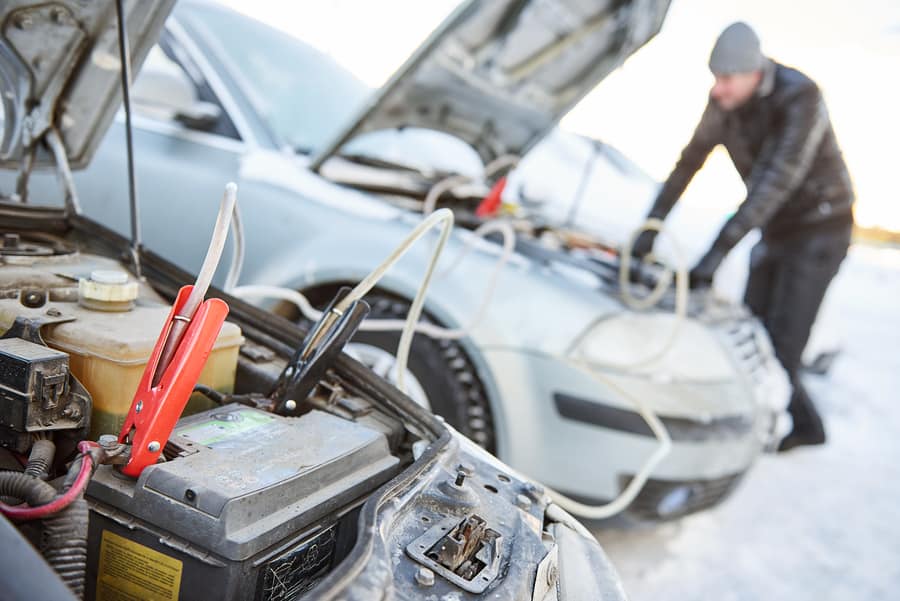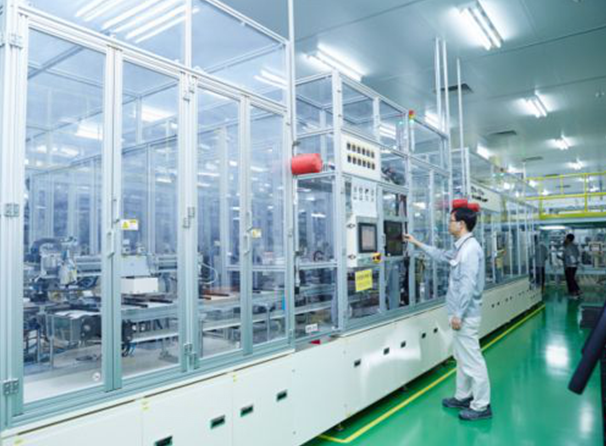Unleashing the Power: The Evolution of Electric Scooter Batteries
Electric scooters have become a popular mode of transportation in recent years due to their eco-friendly nature and convenience. One of the key factors that have contributed to the success of electric scooters is the evolution of their batteries. In this article, we will explore the advancements in electric scooter batteries and how they have revolutionized the industry.
The early days of electric scooters were marked by limited battery capacity and range. These scooters were powered by lead-acid batteries, which were heavy and had a limited lifespan. Riders were often restricted to short distances and had to frequently recharge their scooters. However, as technology progressed, lithium-ion batteries emerged as a game-changer for electric scooters.
Lithium-ion batteries are known for their high energy density and lightweight properties. These batteries have a greater storage capacity, allowing electric scooters to travel longer distances on a single charge. Additionally, they are much lighter than lead-acid batteries, making electric scooters more portable and easier to handle.
The evolution of lithium-ion batteries has not only increased the range of electric scooters but also improved their performance. Modern electric scooters can now achieve higher top speeds and accelerate more quickly, providing riders with a thrilling experience. This improved performance has made electric scooters a viable alternative to traditional gasoline-powered vehicles in urban environments.
Another significant advancement in electric scooter batteries is the introduction of smart battery management systems. These systems monitor the battery’s voltage, temperature, and charging patterns to optimize performance and extend battery life. Smart battery management systems also provide riders with real-time information about their battery’s health and remaining charge, ensuring a worry-free riding experience.
Furthermore, the charging infrastructure for electric scooters has greatly improved over time. Initially, riders faced challenges in finding suitable charging stations for their scooters. However, with the growing popularity of electric scooters, charging stations have become more readily available in cities around the world. Some electric scooters even feature swappable batteries, allowing riders to easily replace their depleted battery with a fully charged one at designated stations.
The evolution of electric scooter batteries has not been limited to just lithium-ion technology. Researchers and manufacturers are constantly exploring alternative battery chemistries to further enhance the performance and sustainability of electric scooters. One promising development is the use of solid-state batteries, which offer higher energy density, faster charging times, and increased safety compared to traditional lithium-ion batteries.

Solid-state batteries are made of solid electrolytes instead of the liquid electrolytes found in lithium-ion batteries. This eliminates the risk of leakage or fire and allows for higher energy storage capacity. With solid-state batteries, electric scooters could potentially travel even longer distances on a single charge, making them an ideal mode of transportation for longer commutes.
The evolution of electric scooter batteries has played a crucial role in the success and widespread adoption of electric scooters. The transition from lead-acid batteries to lithium-ion batteries has resulted in increased range, improved performance, and enhanced portability. Additionally, the introduction of smart battery management systems and improved charging infrastructure has made electric scooters more reliable and convenient for riders. With ongoing research and development in battery technology, we can expect even more exciting advancements in the future, further solidifying electric scooters as a sustainable and efficient mode of transportation.
-
 Introduction: As the global energy demand continues to rise, it has become imperative to explore innovative solutions to meet this growing need sustainably. The integration of smart grids with lithium batteries presents a promising avenue for revolutionizing energy management. This article delves into the potential benefits, challenges, and future prospects of this integration. 1. Benefits of integrating smart grids...Read more
Introduction: As the global energy demand continues to rise, it has become imperative to explore innovative solutions to meet this growing need sustainably. The integration of smart grids with lithium batteries presents a promising avenue for revolutionizing energy management. This article delves into the potential benefits, challenges, and future prospects of this integration. 1. Benefits of integrating smart grids...Read more -
 Getting stranded on the road with a dead battery is an experience nobody wants to deal with. But with the advent of portable jump starter battery packs, that fear can be a thing of the past. These compact and lightweight devices can give your vehicle the boost it needs to get back on the road, without having to rely on...Read more
Getting stranded on the road with a dead battery is an experience nobody wants to deal with. But with the advent of portable jump starter battery packs, that fear can be a thing of the past. These compact and lightweight devices can give your vehicle the boost it needs to get back on the road, without having to rely on...Read more -
 In recent years, the demand for mobile power solutions has grown exponentially, driven by the increasing popularity of camping and outdoor activities. Traditional power sources, such as generators and lead-acid batteries, have proven to be cumbersome and inefficient. However, a revolutionary solution has emerged - the lithium camper battery. With its advanced technology and numerous benefits, it is clear that...Read more
In recent years, the demand for mobile power solutions has grown exponentially, driven by the increasing popularity of camping and outdoor activities. Traditional power sources, such as generators and lead-acid batteries, have proven to be cumbersome and inefficient. However, a revolutionary solution has emerged - the lithium camper battery. With its advanced technology and numerous benefits, it is clear that...Read more -
 The demand for clean and sustainable energy sources has been on the rise in recent years due to growing concerns about climate change and the need to reduce greenhouse gas emissions. As a result, the development of efficient and reliable energy storage systems has become a key focus of research and innovation. Among the various technologies available, lithium batteries have...Read more
The demand for clean and sustainable energy sources has been on the rise in recent years due to growing concerns about climate change and the need to reduce greenhouse gas emissions. As a result, the development of efficient and reliable energy storage systems has become a key focus of research and innovation. Among the various technologies available, lithium batteries have...Read more -
 If you are in the market for a lithium starter battery supplier in China, it's important to do your research and choose a company that offers quality and durability. Here are some key factors to consider when selecting a supplier: Quality: The quality of the lithium starter batteries should be a top priority when choosing a supplier. Look for...Read more
If you are in the market for a lithium starter battery supplier in China, it's important to do your research and choose a company that offers quality and durability. Here are some key factors to consider when selecting a supplier: Quality: The quality of the lithium starter batteries should be a top priority when choosing a supplier. Look for...Read more -
 Lithium-ion batteries have become a popular choice for various applications, including electric vehicles, renewable energy storage, and portable electronics. Among the various types of lithium-ion batteries, the lithium iron phosphate (LiFePO4) battery stands out for its superior safety, performance, and durability. One such example is the high-capacity 12V 100Ah lithium battery with LiFePO4 technology. This battery is designed to...Read more
Lithium-ion batteries have become a popular choice for various applications, including electric vehicles, renewable energy storage, and portable electronics. Among the various types of lithium-ion batteries, the lithium iron phosphate (LiFePO4) battery stands out for its superior safety, performance, and durability. One such example is the high-capacity 12V 100Ah lithium battery with LiFePO4 technology. This battery is designed to...Read more -
 Introduction In recent years, there has been a growing interest in using lithium iron phosphate (LiFePO4) battery technology as an alternative to traditional lead-acid batteries. This is due to the many advantages that LiFePO4 batteries offer, including improved energy density, longer lifespan, and a more environmentally friendly design. In this article, we will explore the advantages of LiFePO4 battery technology...Read more
Introduction In recent years, there has been a growing interest in using lithium iron phosphate (LiFePO4) battery technology as an alternative to traditional lead-acid batteries. This is due to the many advantages that LiFePO4 batteries offer, including improved energy density, longer lifespan, and a more environmentally friendly design. In this article, we will explore the advantages of LiFePO4 battery technology...Read more

